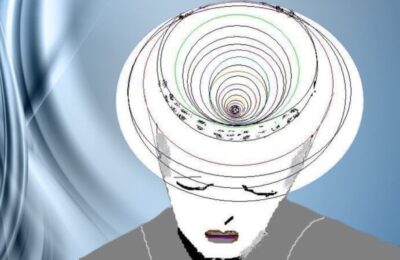Uranium Half Life
Introduction: Unveiling the Secrets of Uranium Half-Life
In the realm of nuclear science, the term “uranium half-life” holds significant importance. It not only defines the stability of uranium isotopes but also influences various applications in energy production, environmental studies, and medical technologies. Understanding uranium’s half-life is crucial for comprehending its role in modern science and technology.
What is Uranium Half-Life?
The half-life of a radioactive element is the time it takes for half of its atoms to decay. Uranium, a naturally occurring element, has several isotopes, each with its unique half-life:
- Uranium-238 (U-238): Approximately 4.47 billion years
- Uranium-235 (U-235): Approximately 700 million years
- Uranium-234 (U-234): Approximately 245,000 years
These extensive half-lives indicate uranium’s long-term presence in the environment and its potential impact over geological timescales.
The Significance of Uranium Half-Life in Nuclear Technology
Uranium’s half-life plays a pivotal role in nuclear energy production.
U-235, with its relatively shorter half-life, is fissile, meaning it can sustain a nuclear chain reaction, making it essential for nuclear reactors and weapons.
U-238, while not fissile, is fertile and can be converted into plutonium-239 through neutron absorption.
The long half-life of U-238 also contributes to the Earth’s internal heat, influencing geological processes.
Environmental and Health Implications
Uranium’s presence in the environment, due to its long half-life, raises concerns about radiation exposure and chemical toxicity.
External exposure is minimal, but ingestion or inhalation of uranium particles can lead to kidney damage and increased cancer risk.
Additionally, uranium mining and nuclear waste disposal pose environmental challenges, requiring proper management to prevent contamination.
Uranium Half-Life in Scientific Research
The predictable decay rates of uranium isotopes make them valuable in research.
Uranium-lead dating uses the decay of U-238 and U-235 to determine the age of rocks and geological formations—helping scientists understand Earth’s history.
Conclusion: The Enduring Impact of Uranium Half-Life
Understanding uranium’s half-life is essential for various scientific and technological fields.
From powering nuclear reactors to uncovering geological timelines, uranium’s decay process has vast and vital applications.
As we continue advancing in nuclear technology, knowledge of uranium half-life remains a key component of responsible innovation.
FAQs
Q1: Why is uranium-235 important in nuclear reactors?
A: Uranium-235 is fissile and can sustain a nuclear chain reaction, making it essential for reactors.
Q2: How does uranium-238 contribute to nuclear energy?
A: Uranium-238 is fertile and can be converted into plutonium-239, a usable nuclear fuel.
Q3: What are the health risks of uranium exposure?
A: Uranium can cause kidney damage and increase cancer risk if inhaled or ingested.
Q4: How is uranium used in dating rocks?
A: Uranium-lead dating calculates the age of rocks using predictable isotope decay rates.
Q5: How is uranium’s environmental impact managed?
A: Through regulated mining, processing, and waste management to prevent contamination.
Call to Action (CTA)
Want to explore more topics like uranium half-life and its role in shaping our future?
Visit raiseyourdimensions.com and subscribe to our newsletter for the latest insights in science and technology.







